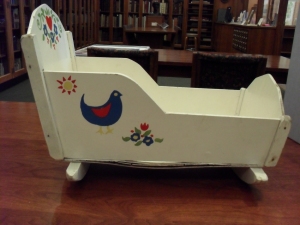My interest in Plath comes from the somewhat unexpected discipline of sociology. In particular the notion of Sylvia Plath as a figure who haunts our culture (Jacqueline Rose, 1993). Developing and extending Rose’s notion of haunting, I am increasingly interested in place and spaces haunted by Plath and way in which this impacts on readers who not only form close attachments to Plath, but equally carry out secular pilgrimages to places in which Plath lived and wrote.
A further spectral site connected to Plath is the archive and I have carried out research in archives both in the UK and the US handling Plath’s artifacts, clothes, manuscripts as well as business correspondence and family realia.


The archive also allows a deeper understanding and detailing of ways in which Plath’s professional and personal life collided and her ability to efficiently handle the two. What the archive also reveals is a startlingly different picture of Plath to the post-humous reputation she has unfairly gained as something of a depressing, miserable poet. In fact Plath’s sense of humour and love of life are the two most striking features of working with her journals, letters, and drawings.

My first book Sylvia Plath in Devon: A Year’s Turning details just one year in Plath’s life, the year in which she lived in Devon and produced her most dazzling poems from Ariel. The first chapter in the book is written by Plath’s close friend, Elizabeth Sigmund, who recalls her memories of meeting Plath and their developing relationship based on a shared love of politics, gardening, and music. My chapter takes a close look at the biography of that year and ways in which the location in which Plath was living and the people that she met were transformed creatively and poetically into some of her finest poems.

My second book The Haunted Reader and Sylvia Plath uses primary research via reader stories to explore and uncover what Plath means to her readers and how they use her presence in their lives to inform their own sense of identity and wellbeing. These themes are discussed via reader stories recounting how they first encountered Plath, pilgrimages they have made to Plath sites, how they respond to photographs of Plath, and responses to handling objects that once belonged to Plath. This research results in a convergence of my three main areas of interest – Plath studies, feminist life writing, and sociological hauntings.

My third book, These Ghostly Archives, co-written with Peter K. Steinberg explores Plath’s spectral presence in the archive and the new stories and discoveries that are waiting to be told….
